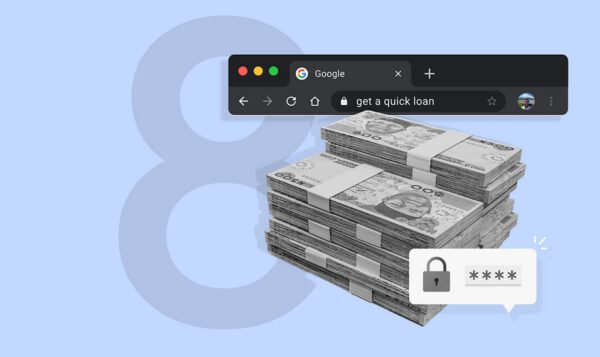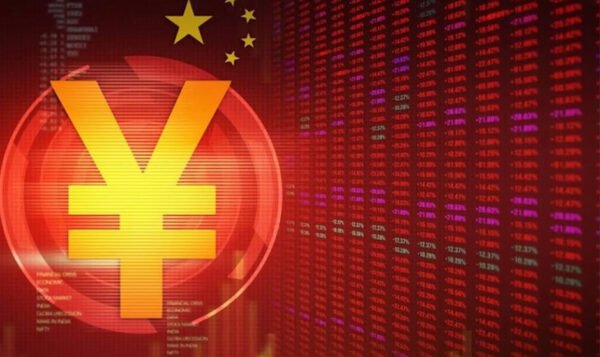Cashing a Money Order: Tips and Tricks To Get the Most Out of Your Funds

When managing your finances, knowing how to cash a money order efficiently can save you time and potentially some extra cash. Money orders are a popular way to make payments or send cash, especially if you don’t have a bank account or prefer not to use personal checks. However, cashing them can sometimes feel like navigating a maze if you’re unfamiliar with the process. This guide will walk you through useful tips and tricks to make cashing your money order as smooth as possible.
Understanding Money Orders
First things first, let’s understand what a money order is. Think of it as a prepaid check. You pay for the money order upfront, and the recipient can cash it at various locations like banks, post offices, or some retail stores. This makes money orders a secure way to send cash since only the person or entity named on the money order can cash it.
Where to Cash Your Money Order
Not all places that sell money orders cash them, so it’s important to know where you can go. Banks and credit unions are typically the first stop for many people. If you have an account at the bank, cashing a money order there is usually straightforward and may not incur a fee. Post offices are another reliable option, especially for USPS money orders. Some grocery stores and check-cashing stores also offer this service but might charge higher fees.
Western Union states, “You may be able to cash your money order at banks and other retailers (grocery stores, check-cashing locations or other stores where you’ve been able to cash checks in the past). In some circumstances, the bank or retailer may charge you to cash your money order.”
Be Aware of Fees
Speaking of fees, they can vary widely depending on where you decide to cash your money order. Banks and credit unions usually offer lower fees for account holders and sometimes even free cashing for certain money orders. On the other hand, check-cashing stores tend to charge a percentage of the money order amount, which can get pricey. It’s worth shopping around and asking about fees upfront to avoid surprises.
What You Need to Cash a Money Order
Preparation is key to a smooth transaction. Generally, you’ll need to bring the money order and a valid identification form. This could be a driver’s license, passport, or government-issued ID. Some places might require you to complete a form or endorse the money order by signing it back. Make sure you don’t sign it until the cashier instructs you to do so to avoid potential fraud.
Troubleshooting Common Issues
Even with careful planning, you might run into some hiccups. If you lose a money order before cashing it, contact the issuer immediately to see if it can be canceled and reissued. Be prepared to provide the receipt or any transaction details you have. If a money order is damaged, your best bet is to return to where you bought it to inquire about your options.
Maximizing Your Money Order Experience
To get the most out of your money order, keep these final tips in mind:
- Keep your receipt until the money order is cashed, as it contains important tracking information.
- If you don’t need cash immediately, consider depositing the money order into your bank account. This may help you avoid some fees.
- Stay informed about the expiration dates. While many money orders don’t expire, some may become subject to a decrease in value due to service charges after a certain period.
Cashing a money order doesn’t have to be a complex process. Understanding where to go, what you’ll need, and how to avoid or address common issues can make the experience as efficient and cost-effective as possible. With these tips, you can manage your money orders smartly and smoothly.



